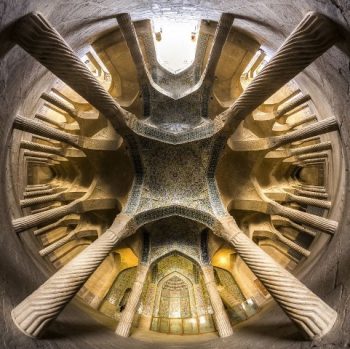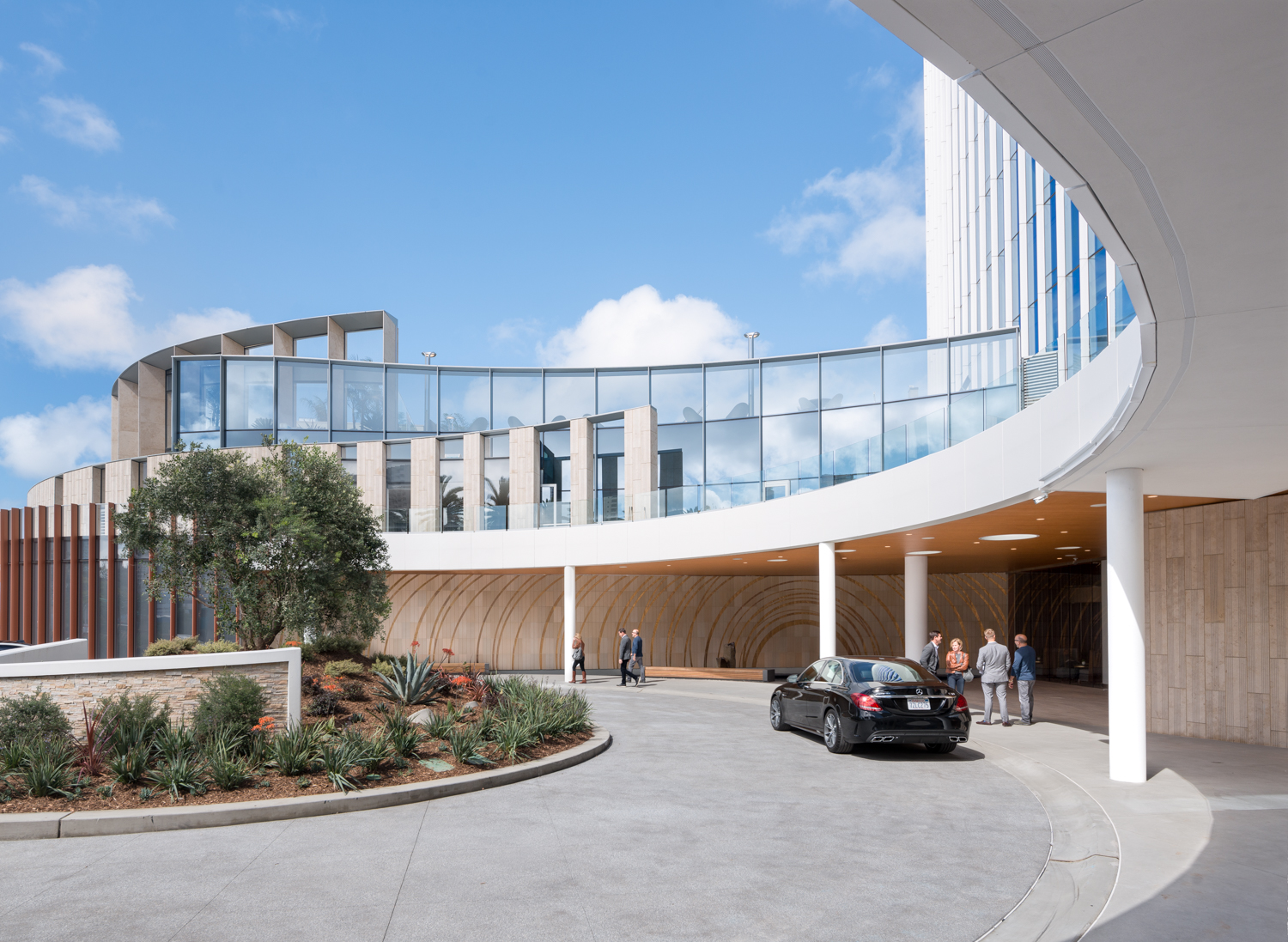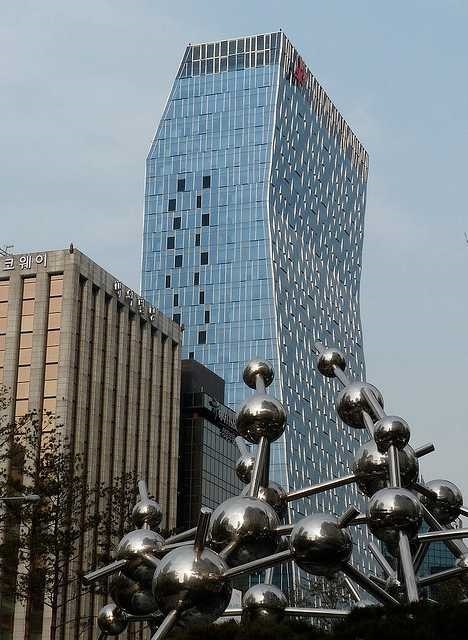Table of Contents
ToggleThe Beauty Of Islamic Architecture
Vakil Mosque, Shiraz
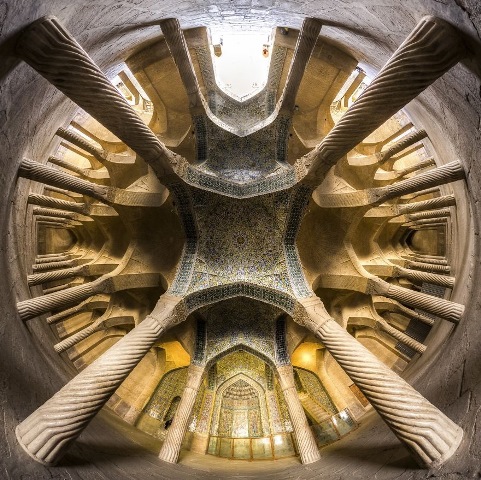

In their entirety, Mosques showcase a few of the most beautiful architecture that the world has ever seen. The dedication to the work, the mathematics, and the geometry utilized is just wondrous and fitting for a temple of one of the largest religions on earth. Since there is too much awesomeness in the structure, we’ve decided to cover Mosque ceilings in this article. And boy are they intricately beautiful and absolutely take your breath away.
Read The Top 7 Los Angeles Architectural Photographers
Best 7 San Francisco Architectural Photographers
Sheikh Zayed Mosque, Abu Dhabi, United Arab Emirates


The Sheikh Zayed Grand Mosque is one the world’s largest mosques and a massive architectural work of art that intentionally blends different Islamic architectural schools. It features 82 domes, more than 1,000 columns, 24-carat-gold gilded chandeliers and the world’s largest hand-knotted carpet.
Al Soltan Qalawoon Mosque, Cairo, Egypt
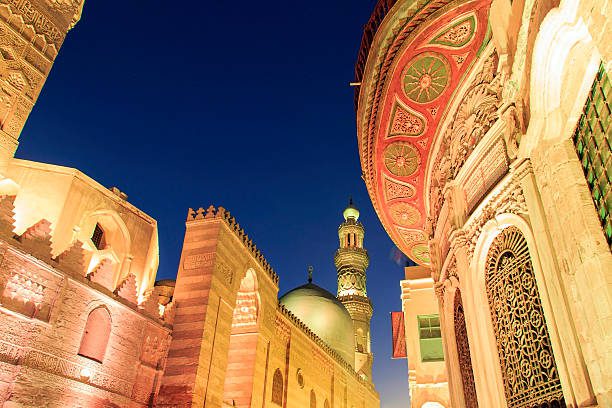

The Qalawun Complex was built over the ruins of the Fatimid Palace of Cairo, with several halls in the Palace. It was sold to several people until it was finally bought by the Sultan Qalawun in 1283 AD. The structure resides in the heart of Cairo, in the Bayn al-Qasrayn, and has been a center for important religious ceremonies and rituals of the Islamic faith for years, stretching from the Mamluk dynasty through the Ottoman Empire.
Taj Mahal Mosque


The Taj Mahal, which is one of the most awe-inspiring monuments of the world, has a mosque standing upon the western side of the monument. The mosque was built because, according to the Muslim law, any mausoleum which is built should be accompanied by a mosque, which is a must and a requisite element. The mosque built along with the Taj Mahal also works as the mirror image of the guest house which is built just to its opposite side across the Taj Mahal, thus completing the bilateral symmetry of the complex.
Jalil Khayat Mosque, Arbil, Iraq


The Jalil Khayat Mosque is a Sunni Islamic mosque in Erbil, Iraqi Kurdistan; the largest in the city. The mosque was begun by Jalil Khayat who died in 2005; and the mosque was completed in 2007 by his sons in memory of their father. The mosque’s style resembles the Mosque of Muhammad Ali in Cairo and the Blue mosque in Istanbul.
Shah Mosque, Isfahan, Iran
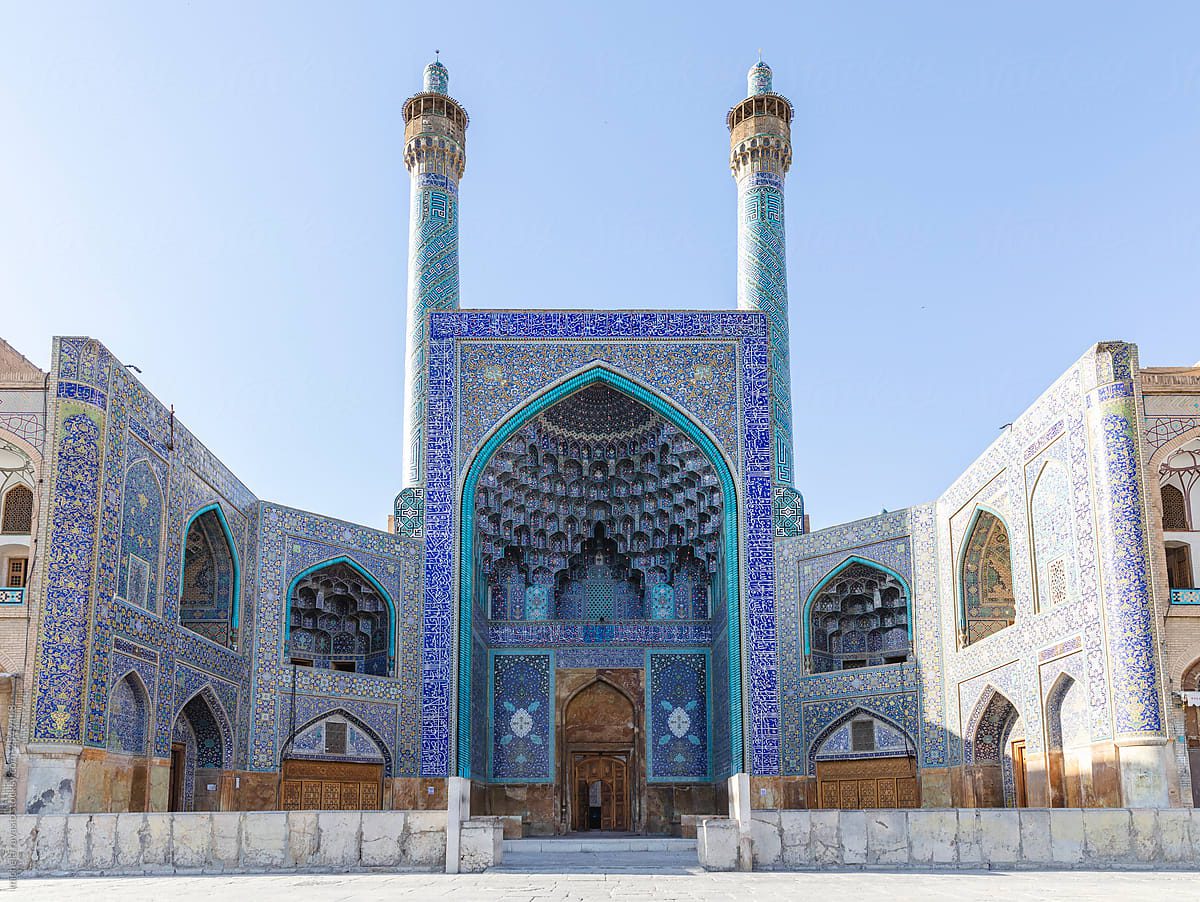

This mosque is considered one of the most important historical Mosques in Isfahan, which was built during the Safavid era under the rule of Shah Abbas the Safavid King. In terms of architecture, it is also the most important display of Persian architecture in Islamic era. undefined This structure is the everlasting masterpiece in terms of architecture, tiling and carpentry. undefined In 1931 Shah Mosque was registered as one of Iran’s National Monuments. itto.org And was also registered as a UNESCO World heritage site along with Naqsh-e-Jahan square.
Grand Mosque of Isfahan, Isfahan, Iran
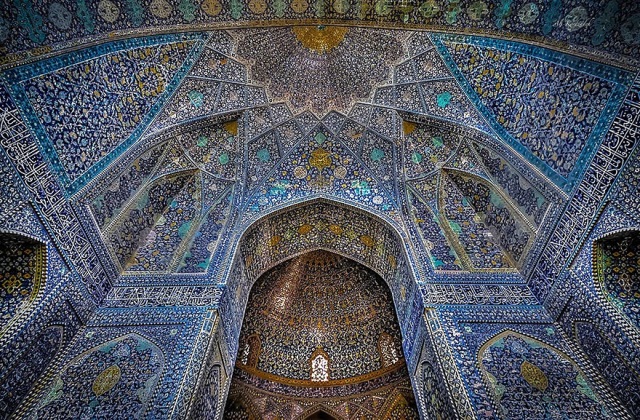

It is the oldest preserved edifice of its type in Iran and a prototype for later mosque designs throughout Central Asia. The complex, covering more than 20,000 m2, is also the first Islamic building that adapted the four-courtyard layout of Sassanid palaces to Islamic religious architecture.
Sheikh Lutf Allah Mosque, Isfahan, Iran
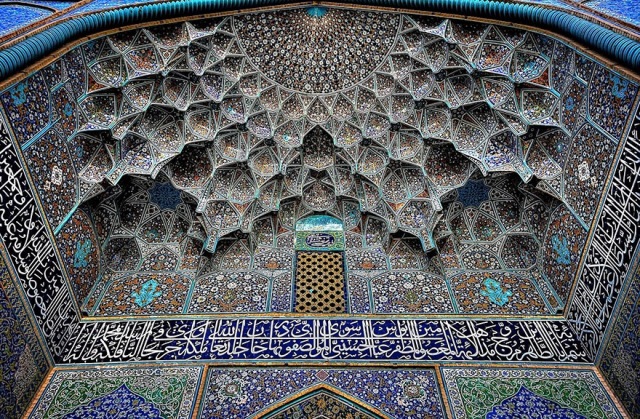

The mosque was named in 1622 after Shaykh Lutfallah Maysi al-‘Amili (d.1622), a prominent religious scholar and teacher (and father-in-law to Shah ‘Abbas) who came to Isfahan at the orders of Shah ‘Abbas, and resided on the site, but was never involved in the mosque’s construction. The mosque is more similar in type to a mausoleum than a four-iwan mosque. Architectural historians ascribe this either to the fact that members of the Shah’s family had used it for private worship or that it had functioned as a women’s sanctuary.
Nasir Al-Mulk Mosque, Shiraz, Iran
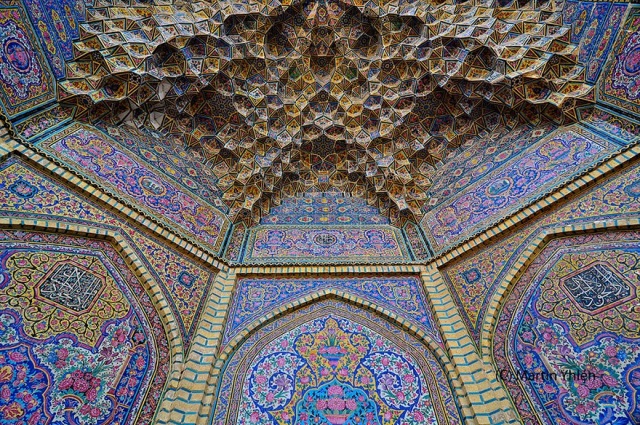

The mosque is called by many different names. Mostly known as the “Pink Mosque”, it is also called the “Mosque of colours,” the “Rainbow Mosque” or the “Kaleidoscope Mosque”. This is a space where light and worship intertwine. The mosque comes to life with the sunrise and colours dance throughout the day like whirling dervishes. It reflects on the ground, walls, the arches and the towering spires. It even reflects on the visitors as if a colourful ball is hit by the first sun ray and explodes to thousands of butterflies all around.
Fatima Masumeh Shrine, Qom, Iran


Fatima Masumeh was the sister of the eighth Imam Reza and the daughter of the seventh Imam Musa al-Kadhim (Tabari 60). In Shia Islam, women are often revered as saints if they are close relatives to one of the Twelver Imams. Fatima Masumeh is therefore honored as a saint, and her shrine in Qom is considered one of the most significant Shi’i shrines in Iran. Every year, thousands of Shi’i Muslims travel to Qom to honor Fatima Masumeh and ask her for blessings.
Wazir Khan Mosque, Lahore, Pakistan
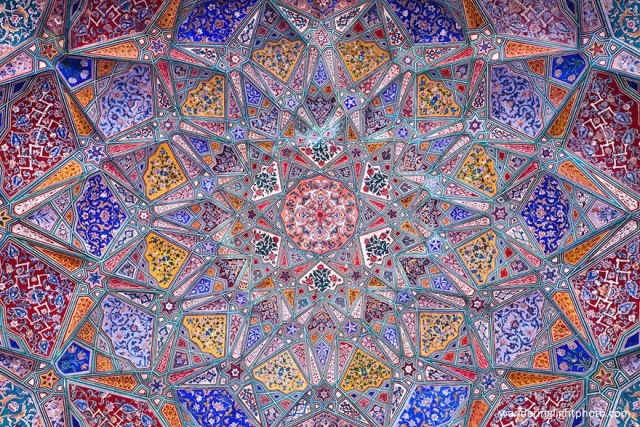

Considered to be the most ornately decorated Mughal-era mosque, Wazir Khan Mosque is renowned for its intricate faience tile work known as kashi-kari, as well as its interior surfaces that are almost entirely embellished with elaborate Mughal-era frescoes.
Islamic architecture is not just limited to religious structures like mosques but extends to palaces, public buildings, and gardens, showcasing a deep respect for the natural environment and the integration of art into everyday life. This style is also known for its effective use of light and water, creating spaces that are both spiritually uplifting and serene. The harmonious color schemes and the emphasis on indoor-outdoor continuity further enhance the aesthetic appeal and spiritual ambiance of these structures.

